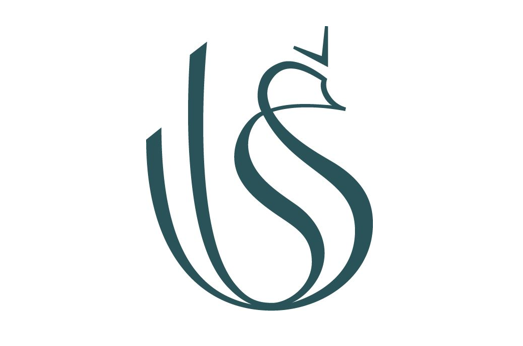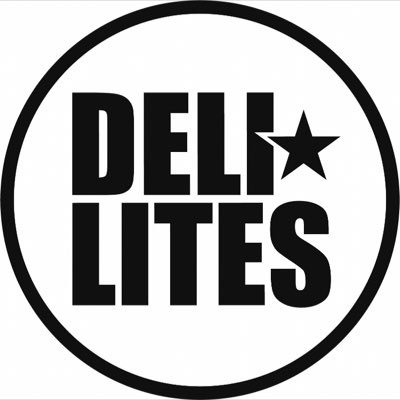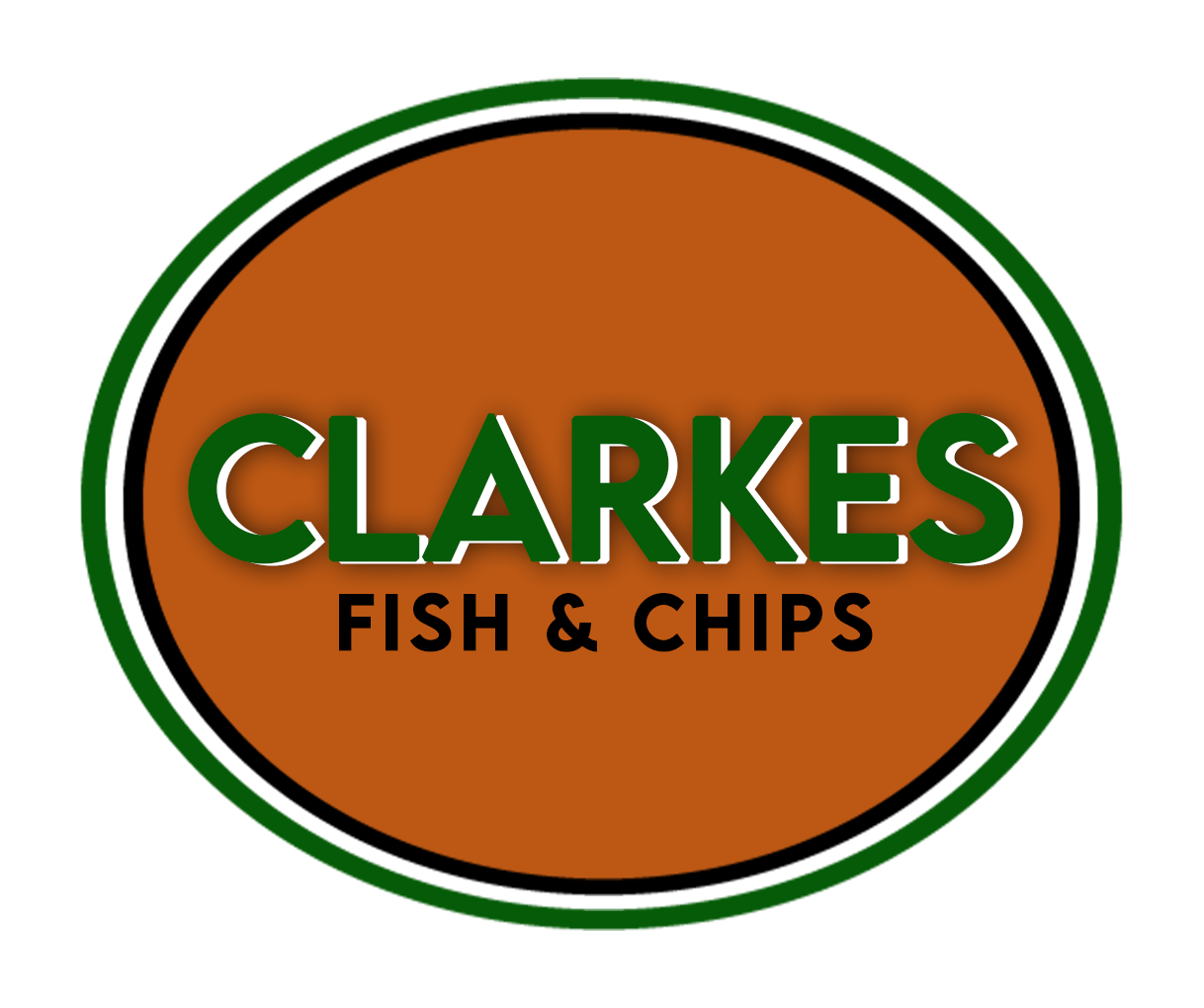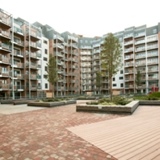Title Page
-
Site conducted
-
Conducted on
-
Prepared by
-
Location
-
Location
-
Date
-
Completed by (name and signature)
-
Housekeeping
Housekeeping
Waste:
-
Is waste removed at the end of each shift?
-
Are suitable waste containers provided and used?
-
Are rags and paper impregnated with flammable, greasy or oily material, kept in metal containers with self-closing lids?
-
Are arrangements adequate for the cleaning of dust and oil deposits?
-
Is waste removed from site, including the yard, at an appropriate frequency?
-
Is waste appropriately segregated?
-
Are recycled batteries housed in a non-combustible container?
-
Are waste storage arrangements adequate?
-
Are any external skips or bins, etc.:
-
Non-combustible?
-
At least 10m from any building, site equipment or smoking shelter?
-
Appropriately located in relation to the site perimeter?
-
Secured and covered?
Storage:
-
Are aisles within storage areas kept clear?
-
Is storage located well clear, e.g. at least 1.5m, of heat sources, such as lighting, heaters, battery charging areas, electrical cabinets, etc.?
-
Is there any unnecessary storage of items within operational areas?
Emergency escape routes:
-
Are emergency exit doors in good condition and not obstructed?
-
Are emergency exit routes clearly identified and free from obstruction, internally and externally?
-
Are fire action notices clearly displayed and suitable instructions noted?
Ignition Sources
Smoking
-
Are designated smoking areas appropriately managed and maintained?
-
Are adequate controls in place including signage and designated/restricted external areas?
-
Is smoking waste and 'ordinary combustible waste' segregated?
Hot work:
-
Is hot work avoided unless essential?
-
Is a formal permit system used for all hot work applications?
-
Is hot work undertaken in accordance with the permit system?
-
Has training been provided to relevant individuals in respect of the permit system, including operatives and supervisors?
Electrical equipment:
-
Is the wiring and electrical equipment visually in good condition?
-
Is the electrical equipment cool, clean and dry?
-
Is temporary wiring used and is it appropriate? (Extension Leads)
-
Is there any evidence of trailing leads not secured or damaged cables?
-
Are Portable Appliance Test stickers apparent on all portable appliances?
-
Is there a policy for all portable items brought in from home, e.g., mobile phone/E-cigarette chargers, etc.? Are hair straighteners prohibited?
-
Is there at least 1.5m clear space around all electrical panels and are all panel covers closed?
-
Are electrical rooms/plant rooms/It rooms free from combustible materials, and secure with restricted access?
-
Are battery charging areas maintained free from combustible materials and totally sterile?
-
Is emergency lighting operational and regularly tested?
Control of contractors:
-
all contractors?
-
Is direct supervision provided?
Heating:
-
Is heating equipment in good working order and maintained under contract?
-
If appropriate, are fusible link fire cut-off valves in good condition?
-
Are shut-off valves readily accessible?
-
If temporary heating is being used, has it been authorized and is it being used safely?
-
Is there at least 1.5m clear space around all heaters?
The use of propane or liquid fueled heaters should be avoided. If used, they should ONLY be used under control of the hot work management system
Change and impairment management:
-
For any identified changes, is the change management procedure being initiated?
-
Are existing impairments being monitored to ensure that all fire protection and detection systems are returned to service?
Construction
Fire compartmentation:
-
Are floors and walls adequately fire-stopped?
-
Are fire doors and shutters marked as such, operable, closed (other than those with release devices) and in good condition?
-
Are fire doors and shutters regularly tested to close upon activation of the fire detection system or other designed means?
-
Is access to roof voids restricted and secure?
Condition:
-
Is there any sign of damage, wear and tear to the building?
-
Are roofs and gutters clear of debris and in good condition?
-
Are floors and walls in good condition?
Combustible-cored Composite Panels
-
Are all panels adequately sealed and labelled?
-
Has any damage to the panels been identified?
-
Is it ensured that no hot work is undertaken in the vicinity of the panels?
-
Are combustible materials or flammable liquids stored near to the panels?
-
Occupancy and Hazards
Occupancy and Hazards
Flammable liquids/gases and combustible dusts:
-
Has a DSEAR (Dangerous Substances and Explosive Atmospheres Regulations) assessment been completed recently?
-
Are Material Safety Data Sheets (MSDS) readily available?
-
Is the quantity and use of such materials limited to one shift in production areas, and is it correctly stored?
-
If so, do they have suitable firewalls and doors, appropriately rated electrical equipment, drainage/containment, ventilation, gas/vapor leak detection, explosion venting, etc.?
-
Are flammable liquid storage cabinets provided, where needed?
-
Are dispensing arrangements satisfactory, e.g., safety cans, drip trays, earth bonds, clear of sources of ignition, etc.?
-
Are gas cylinders chained upright to prevent them from falling and are hoses, valves, and fittings in good condition?
-
Are appropriate flammable liquid and gas storage rooms provided where required?
Fire alarm systems:
-
Are there any faults or impairments to the fire alarm system?
-
If the fire alarm Hasan associated printer, is there paper available?
-
Is the system tested weekly and is it audible in all areas of the premises?
-
If connected to a remote alarm or attended location, is the signaling regularly checked?
-
Are the alarm panel batteries in good condition and tested?
-
Is the alarm subject to regular maintenance and testing?
-
Are detectors operational and clear of obstructions?
-
Are regular documented evacuation drills completed, covering all shift patterns?
Portable fire extinguishers:
-
Are there sufficient numbers of appliances that are adequate for the hazards?
-
Are they in good condition, pressurized, accessible and regularly serviced?
-
Are any appliances missing?
-
Is training in their use regularly provided to designated personnel?
Fire hydrants and emergency services access:
-
Are hydrants well marked and accessible, serviced and visually in good working condition?
-
Are they flushed annually and is flow and pressure test data available for the public water supply?
-
Is there good access to all areas of the site for the Emergency Services?
Security and arson:
-
Is the perimeter fencing and lighting in good condition?
-
Are door and window locks operating correctly and used when the premises are closed?
-
Are there procedures in place for locking-up the premises?
-
Is the intruder alarm maintained, operational and are detectors clear of obstructions?
-
Is access to the site adequately controlled?
-
Has the threat of arson and malicious damage been considered?
Sign Off
-
undefined














